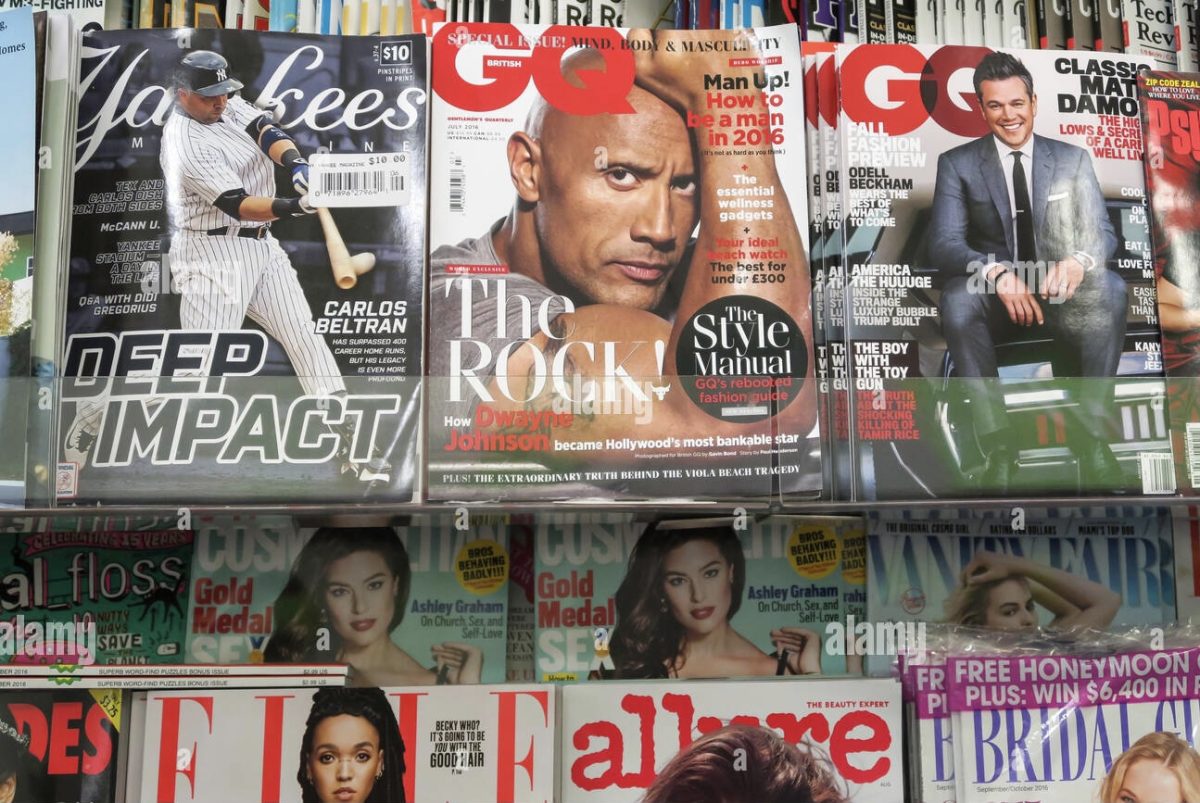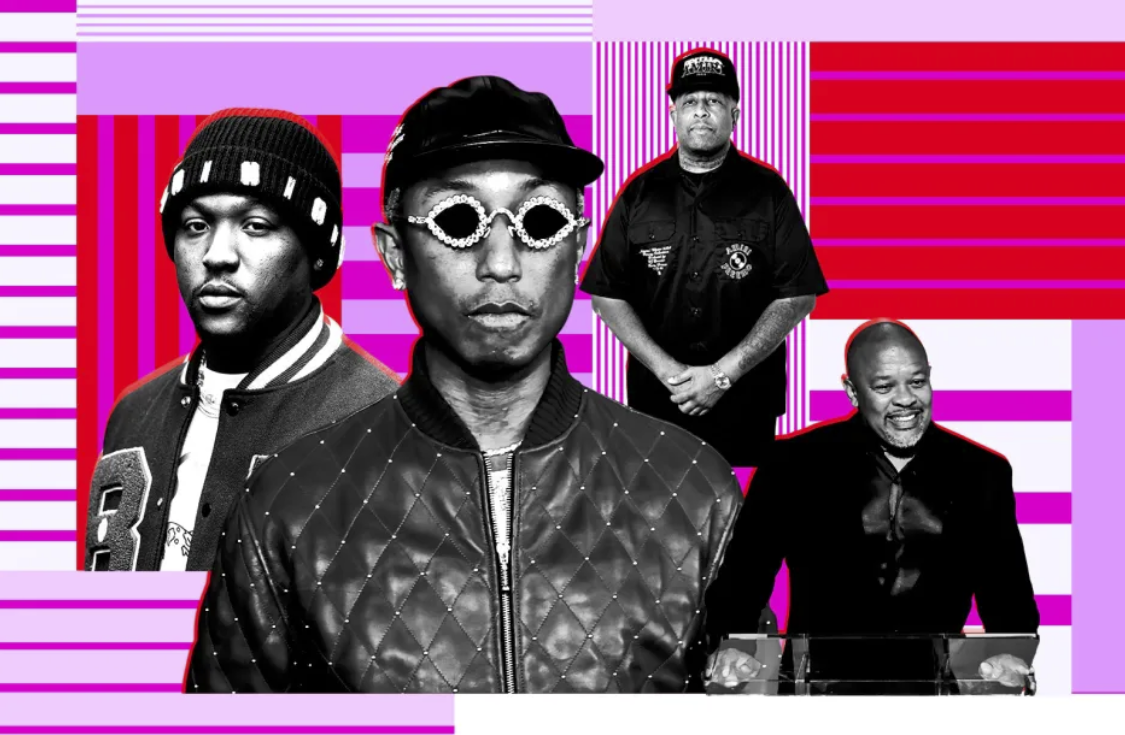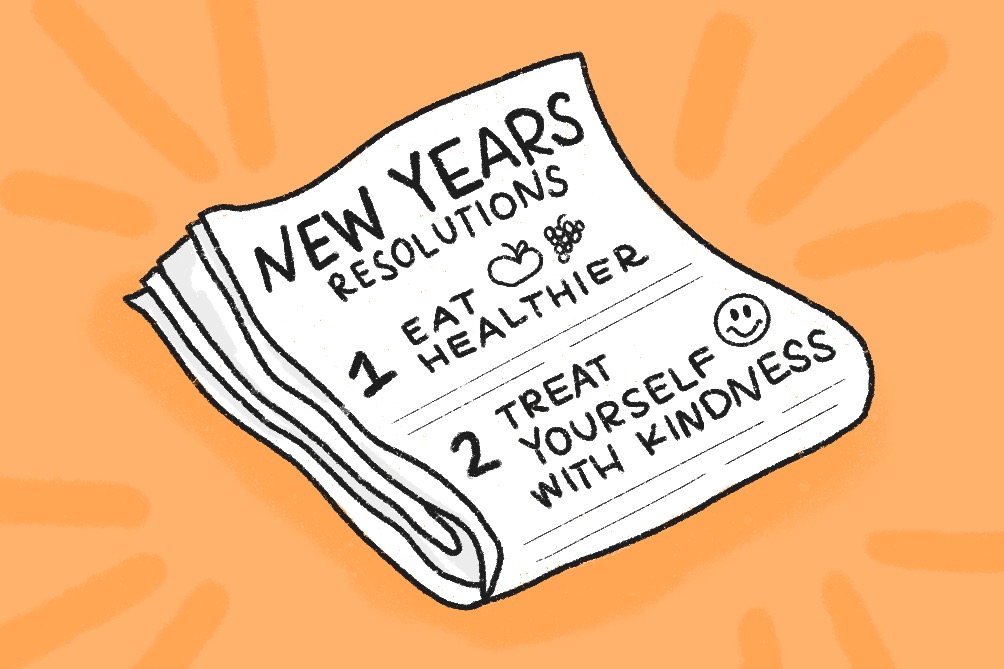By Kierra Blackmon
“The problem isn’t with your body; the problem is what you think of it … And what you think of yourself.”
The body positive movement is inspiring people to embrace and adopt more positive attitudes towards their bodies. This involves accepting your body the way it is to be free of harmful thoughts that could hinder you from completely loving yourself. The journey of body positivity can be very personal. Learning to love your body without wanting to change it is vital.
Body positivity is for everyone. The movement was designed to encompass people of all backgrounds, regardless of rolls, bumps, size, skin color, skin discoloration, gender or varying degrees of able-body. We often primarily see the same skinny/petite body type being represented on television and social media – even “plus size” models seem to have a perfect “hour-glass” shape and are only plus sized in the hips, thighs, buttocks, or breasts, rarely anywhere else.
Jessamyn Stanley is a yoga teacher based in Durham, North Carolina. Her classes tackle yoga from a body positive approach that celebrates different bodies. Initially she hated yoga, but she began to enjoy it after giving it a second chance from realizing how “self-satisfying” it was. “Unlike other physical activities, yoga awakened my spiritual curiosity even when I was pressed against the boundary of physical exhaustion,” says Jessamyn Stanley.
Some people claim to identify with the movement; however, they are doing more harm than good. As with most groups, there are certain individuals who completely disregard the point of the movement beyond their basic understanding. In the body positive movement, this is displayed through skinny shaming people with more “acceptable” body types. This isn’t beneficial to the cause because it defeats the purpose of the movement.
Body positivity is for men, too. The body positivity movement is an overwhelmingly female-focused, female-dominated operation that is often centered around only uplifting women. Men also face pressures to be taller, stronger, and more masculine. Although messages like “happiness isn’t size specific” and “don’t let your mind bully your body” can apply to men too, it is helpful to see someone who looks like you represented in the media. We already know how important representation is, and in response to the movement, the media has made strides in the way they represent women. It is time that men get this treatment, too.
The UK has already begun to make strides in the movement by introducing their first plus sized model agency for men. Curve agency Bridge launched the first plus-size male division. Despite only having a six-man team right now, they are ready to revolutionize the fashion industry by representing guys “with a little more meat on their bones.”
“Healthy comes in all shapes and sizes and people need to recognize that this isn’t just defined by six packs,” Charlotte Griffiths, co-director of Bridge told FEMAIL.
There is no way to have a conversation about body positivity and inclusivity without acknowledging people of color. POC are often underrepresented and the body positivity movement is no different. Amy Schumer is far more likely to be included in the conversation than Gabourey Sidibe. There are very few mainstream women of color, if any, that come to mind when discussing body positivity. Like most instances, women of color have to work twice as hard as their white counterparts to receive the same
level of recognition. Even then, they may still be overlooked. Although the body positivity movement is getting more acknowledgement, the exposure is less frequent for POC.
Gloria Lucas created Nalgona Positivity Pride (NPP), an organization devoted to raising eating disorder awareness in communities of color while shedding light on body positivity. She created NPP in response to the white ideals shared through mainstream body-positive movements.
This doesn’t mean you shouldn’t work to improve your body, if that is a goal for you. It just means that the improvements come from a positive place rather than a place of hatred. Know that your body is praiseworthy and deserving of the same love that the next person’s body receives. Love your body, even before it becomes the “after” body.
Body positivity is the decision to be confident and brave while being proud of who you are and what you look like.






